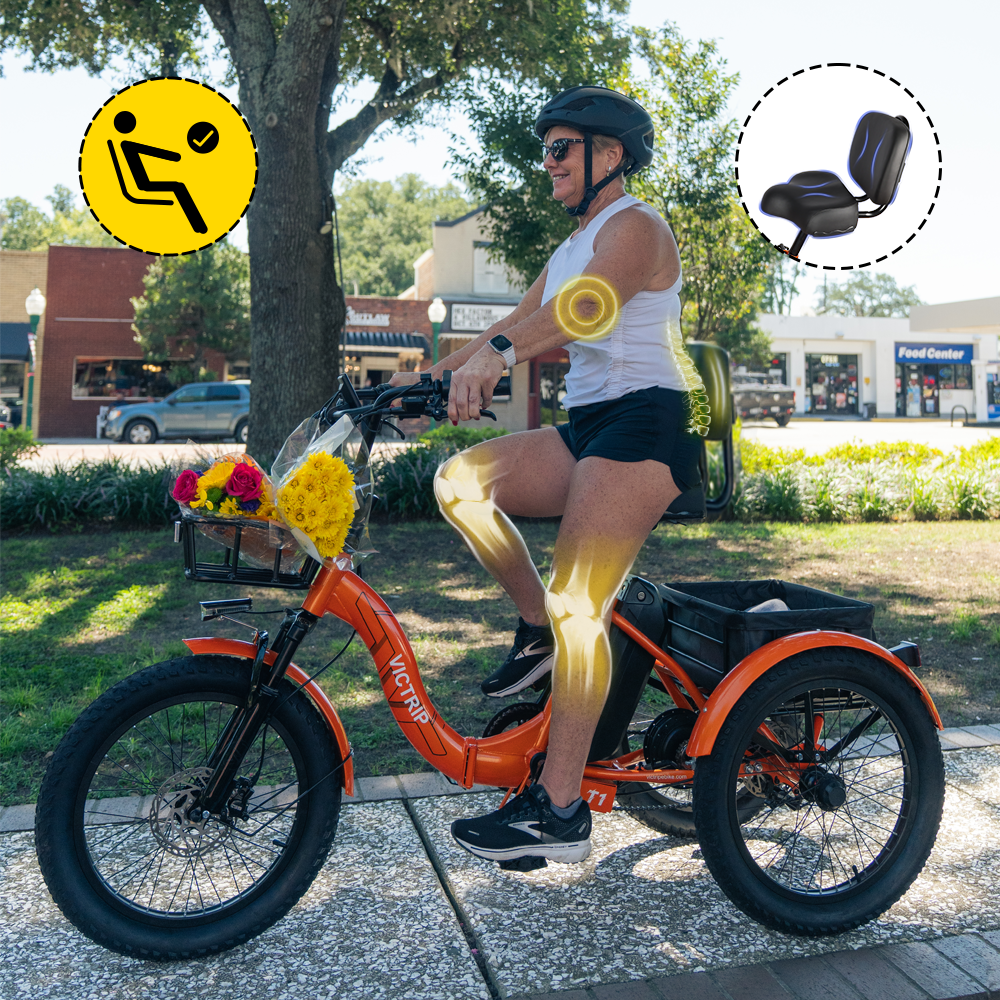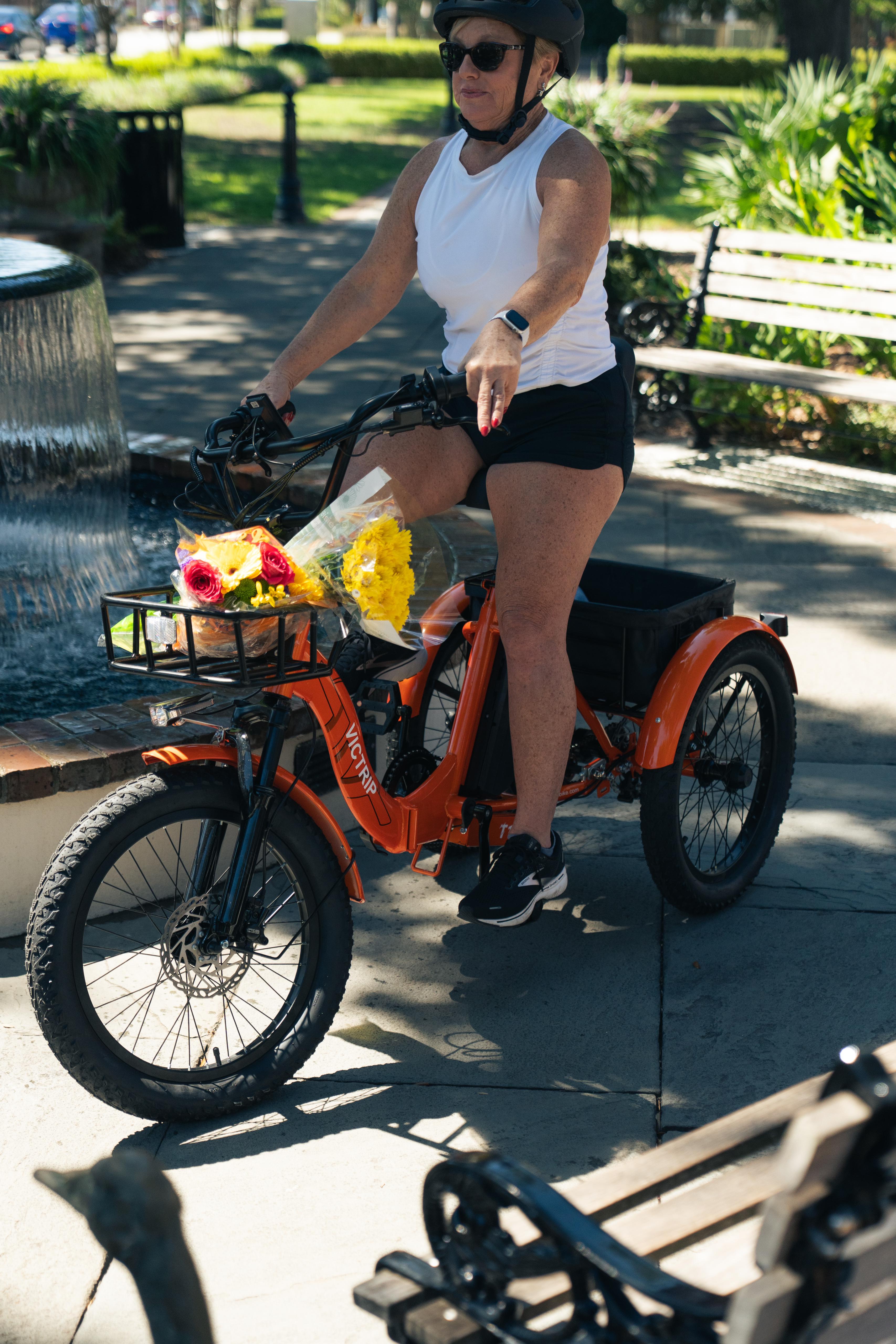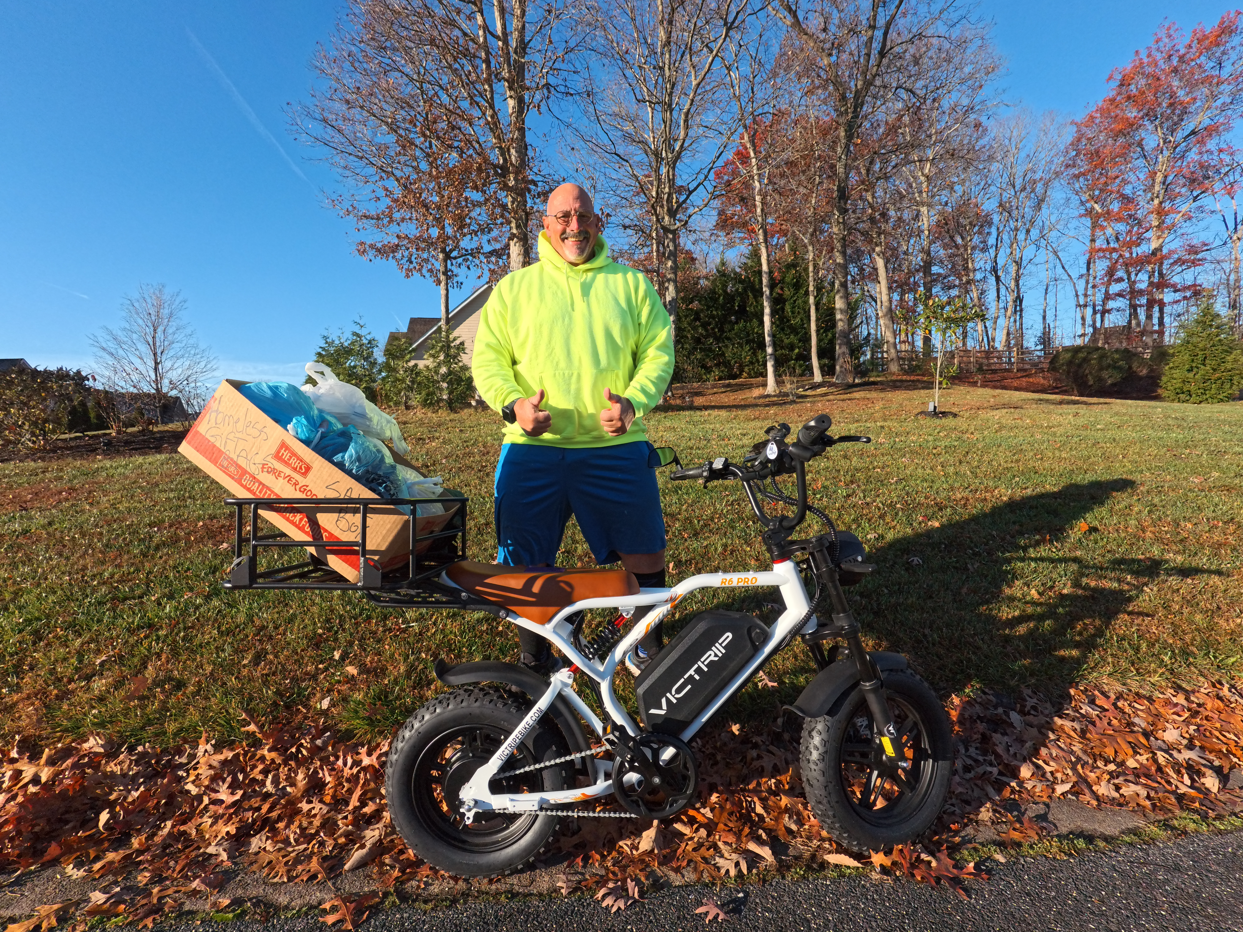Winter brings beautiful snowy rides, crisp air, and scenic landscapes—but it also presents serious challenges for your e-bike battery. Cold temperatures don’t just reduce range—they can permanently damage lithium-ion cells if riders aren’t prepared. Whether you commute daily or store your e-bike until spring, understanding e-bike battery care during winter is essential to safe, efficient riding.

This comprehensive guide covers everything, from pre-winter preparation and safe storage to real-life examples from brands like VICTRIP. By the end, you’ll know how to protect your battery, maintain performance, and ride confidently all winter long.
Understanding How Winter Affects E-bike Batteries
Winter impacts every part of your e-bike, but the battery is the most vulnerable component. Lithium-ion batteries—used in most e-bikes depend on chemical reactions to generate power. When temperatures drop below 0°C (32°F), those chemical reactions slow down, reducing voltage output and limiting range.
Why Lithium Batteries Lose Power in the Cold
Cold weather causes:
-
Slower electrochemical activity → lower voltage
-
Increased internal resistance → reduced power
-
Limited discharge capacity → less range per charge
A battery that normally delivers 50 miles may only provide 25–30 miles in freezing conditions. This doesn’t mean it’s broken—just temporarily impacted.
Typical Winter Range Reduction
Most brands, including VICTRIP, report a 20–40% reduction in battery range during winter. For example:
| Temperature | Expected Range Loss |
|---|---|
| 10°C / 50°F | ~10% |
| 0°C / 32°F | ~20–25% |
| -10°C / 14°F | ~30–40% |
Preparing Your E-bike Battery Before Winter Starts
The key to winter performance is preparation. A battery that is cleaned, inspected, and maintained before the cold sets in will last significantly longer.
Cleaning Connections & Terminals
Dust, mud, or corrosion around battery connectors can worsen in wet winter conditions. Before winter:
-
Remove the battery
-
Gently clean contacts with a soft, dry cloth
-
Apply a small amount of dielectric grease for moisture resistance
Updating Firmware & Display Settings
Modern brands like VICTRIP include smart Battery Management Systems (BMS) and firmware updates to optimize power output. Check your display unit for updates—some offer winter or low-power modes to prevent overstress on the battery.
Safe Charging Practices in Cold Weather
Charging a cold battery is one of the most dangerous mistakes riders make. Lithium-ion cells can suffer lithium plating, which causes permanent damage.
Ideal Charging Temperature Range
| Charging Status | Safe Temperature |
|---|---|
| Charging | 10°C – 20°C (50°F – 68°F) |
| Storing | 5°C – 20°C (41°F – 68°F) |
| Riding | -5°C – 25°C (23°F – 77°F) |
Never charge below 0°C (32°F). Always bring the battery indoors before charging.
Using Indoor Charging Stations
If you store your e-bike in a garage, shed, or balcony, remove the battery and charge it indoors. Also, avoid leaving it plugged in overnight—use a timer to prevent overcharging.
Optimal Storage Habits for Winter Months
Winter storage can either protect your battery—or slowly destroy it if done incorrectly.
Storing at 50–70% Charge
Batteries should be stored at half capacity to prevent stress on the cells.
-
Fully charged storage → causes degradation
-
Fully drained storage → risks deep discharge
Riding an E-bike in Winter Without Damaging Battery
Yes, winter riding is possible—with precautions.
Pre-Heating the Battery
Before heading out, keep the battery indoors until just before the ride. Warm batteries retain more voltage and range.
Managing Power Assistance Levels
Start with lower pedal-assist modes until the battery warms up from use. Jumping immediately to Turbo mode in freezing weather stresses the cells.
Protection Against Moisture and Snow
Moisture can cause corrosion, short circuits, or error codes.
Using Battery Covers & Insulation Wraps
Insulated neoprene battery covers help maintain warmth and protect against wind chill.
Checking for Condensation
After every ride:
-
Remove battery
-
Wipe down moisture
-
Inspect charge ports before plugging in
Extending Lifespan with Winter Accessories
Insulated Battery Bags
Thermal covers reduce rapid discharge and temperature shock—ideal for long-distance riders.
Portable Power Banks and Spare Packs
Carrying a spare battery extends range, but store it in a warm backpack—not on the bike in freezing wind.
Common Winter Mistakes E-bike Owners Make
| Mistake | Risk |
|---|---|
| Charging outdoors | Permanent damage |
| Leaving battery on bike overnight | Freezing, theft |
| Storing fully drained | Deep discharge failure |
Winter Battery Myths vs Facts
| Myth | Fact |
|---|---|
| "Cold destroys battery instantly" | Cold reduces performance temporarily |
| "Fast-charging is fine anytime" | Dangerous in freezing temps |
For deeper battery science: https://batteryuniversity.com
Troubleshooting Winter Battery Issues
Sudden Shutdowns
Cold voltage drop—ride in Eco mode and warm battery indoors before restarting.
Reduced Range After Storage
Balance cells by performing a full charge cycle once temperature is above 10°C.
Professional Maintenance & Diagnostics
If you notice swelling, burning smell, or cracked casing—seek a technician immediately.
Conclusion – Winter-Proof Your Ride with Smart Battery Care
Caring for your e-bike battery during winter is about prevention, not repair. With simple actions—indoor charging, partial storage charge, insulation, and moisture protection—you can preserve battery health and ensure top performance for years.
Brands like VICTRIP demonstrate that winter riding is safe and enjoyable when batteries are respected and responsibly maintained. With the right preparation, you can ride confidently, even through the coldest months.
FAQs
Can I ride an e-bike in snow?
Yes, but avoid slush and always protect the battery from moisture.
Should I remove the battery after every winter ride?
Yes, to inspect for moisture and prevent freezing.
Is it safe to leave my e-bike outside in winter?
No, always remove battery and store indoors.
Does cold permanently damage batteries?
Not if properly handled—damage occurs only when charging below freezing.
How often should I recharge in storage?
Every 6–8 weeks if unused.




Share:
Why an Electric Tricycle Is Ideal for Suburban Commuters
What’s the Best Ebike Size for Commuters?